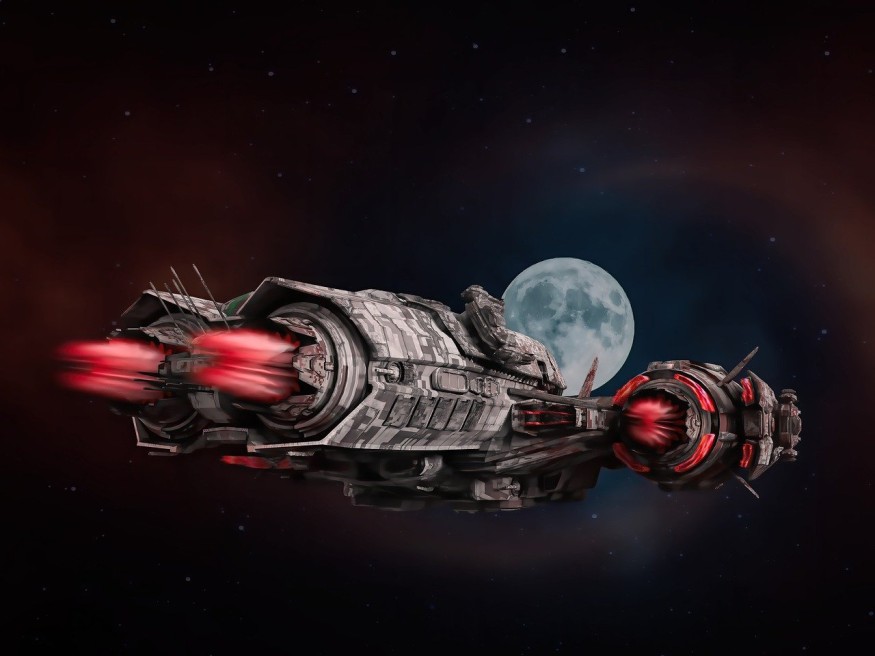
On December 24, NASA and global scientists will be sending different goodies to the Moon in a new rocket's debut launch.
Peregrine Lunar Lander
The new spacecraft, the Peregrine Lunar Lander, has been named after Earth's fastest-flying bird. If things go according to plan, the craft will soar through space and surge into the gravitational tides of the Moon. It will then carefully descend its orbit until it touches down on the Bay of Stickiness or Sinus Viskositas, which is a region of prehistoric lava flows in the Moon.
For several reasons, the mission is set to make history. One reason is that it will be the first craft to deploy under the Commercial Lunar Payload Services (CLPS) initiative of NASA. The CLPS was created for the agency to send payloads all the way to the Moon without having to make spacecraft to send the payloads.
In this specific case, the Peregrine Lander is backed by the company Astrobiotic. NASA will then be paying to load some items on it.
The Peregrine will deploy on the United Launch Alliance's (ULA) Vulcan Centaur Rocket's first flight. This rocket is developed to bring large amounts of items to space.
ALSO READ : Does The Moon's Light Emit For Earth? Study Explains The Reflection of Light From Sun and Moon
Lunar Christmas Presents
On November 29, representatives from NASA, ULA, and Astrobiotic gathered for a briefing to discuss what payloads will be brought and how things are expected to happen.
There will be five payloads that are sponsored by NASA during the mission. The first one is called the PITMS, which stands for Peregrine ion trap mass spectrometer. It will be looking into the exosphere of the Moon through mass spectrometry. The PITMS' results will help boost knowledge of the behavior and abundance of lunar volatiles and how they react to perturbations.
The lander will also carry a NSS (neutron spectrometer system). This will gauge the neutron quantity close to the lunar surface. It will also look into their linked energies. The NSS will aid scientists in knowing the presence of hydrogen and soil hydration levels.
NASA will also be sending the NIRVSS (near-infrared volatiles spectrometer system) and LETS (linear energy transfer spectrometer). NIRVS will aid with understanding volatiles on the lunar surface, while the radiation monitor of LETS will be able to help scientists know more about solar particle events that occur during flight.
Aside from these NASA payloads, 15 other goodies will also be sent to the Moon. This includes the Lunar Dream Capsule of Japan's Astroscale company, which is a time capsule that will contain messages from more than 80,000 people all over the world. Elysium Space Center of the US will also be sending some remains of loved ones of individuals in order to create lunar memorials. Seychelles scientists will also be sending one bitcoin.
John Thorton, Astrobiotic CEO, explains that they will be virtually bringing seven nations to the lunar surface. Six of these nations have never reached the surface of the Moon, including the Seychelles, Japan, Germany, Mexico, Hungary, and the UK.
RELATED ARTICLE : Moon Plays Crucial Role in Life on Earth, Could Potentially Determine What Makes A Planet Habitable
Check out more news and information on Space in Science Times.










